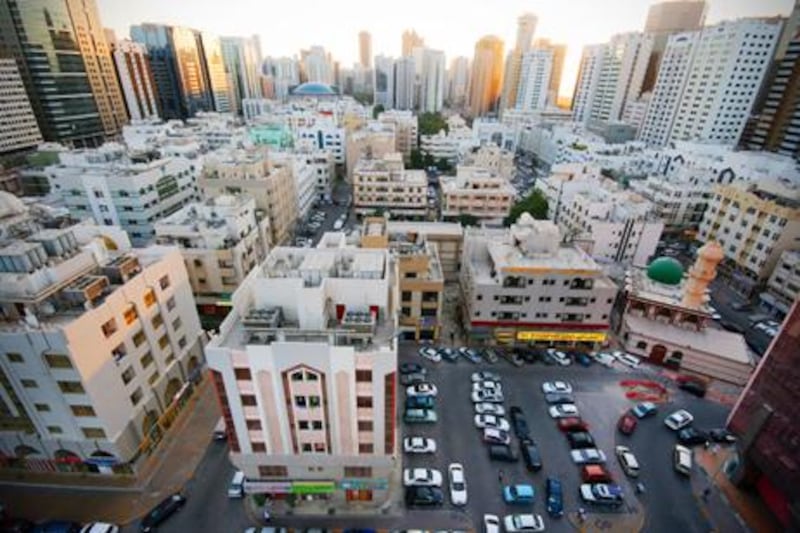ABU DHABI // Every home in the emirate of Abu Dhabi is expected to have a unique address as early as November 2015.
Work has already begun on replacing haphazard street names with a uniform system featuring the number of a building, the street name, city, country and postcode.
There will be more than 200,000 unique building addresses and 12,000 new street signs. The system, similar to that in the UK, will cover 120 districts in Abu Dhabi, 56 in Al Gharbia and 68 in Al Ain, and aims to make the emirate's streets more easily navigable.
Ahmad Al Mazroui, project manager for the new system, said it could be implemented across the emirate by November 2015 and that work in some areas of Abu Dhabi city - Al Falah, Al Nahyan Camp and Al Maryah Island - had already been completed.
Work will start in the central parts of Al Ain in March 2014 and in Al Gharbia, the Western Region, in January 2014.
"We are implementing the plan district by district," said Mr Al Mazroui.
The Department of Municipal Affairs held a workshop in the capital yesterday showcasing the new system and how it would work.
Abdul Rehman Mulook, from Bayanat - the company contracted by the municipality to name the streets - demonstrated how the system would be navigable by web search engines.
In addition to the street signs, the new system will feature 4,000 "geonames" for various areas.
"Our addressing system is going to depend on the house number, building number and street name. Those are the main components for the new system in Abu Dhabi and the rest of the emirate," Mr Al Mazroui said.
Every street name in the city will be unique, to prevent repetition and confusion.
"We are doing five-day workshops with each municipality to explain how we are going to implement the new system in each district," Mr Al Mazroui said.
After the new street signs are installed the municipality will turn its attention to making sure the new system is understood by web search engines.
Signs for roads, streets and localities will be created using a unified transliteration standard to avoid one name being spelt in a variety of ways.
Names will be Romanised and put into formal Arabic, adopting the Beirut System approved by the United Nations.
The address system is being developed by the Department of Municipal Affairs and was approved by the Executive Council in February, shortly after it received federal approval.
In January 2014, the department will launch a publicity campaign to teach residents, tourists and visitors about the system through television, radio and newspaper coverage. It will hold competitions among schoolchildren and provide training to taxi drivers.
The existing system was created in the late 1990s and is based on an abstract hierarchy of zones, sectors, main streets, internal streets and plots or buildings, arranged sequentially and requiring a long code that is almost impossible to remember.
anwar@thenational.ae
Address for every home in Abu Dhabi by 2015
A system, similar to one used in the UK, will see the creation of over 200,000 unique building addresses and 12,000 new street signs.

Editor's picks
More from the national





